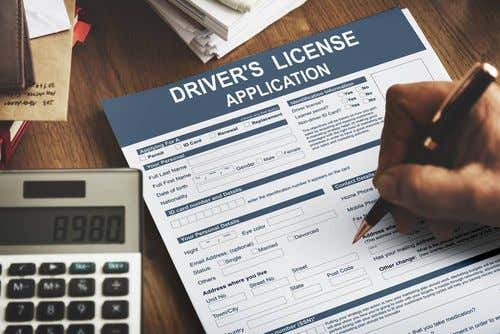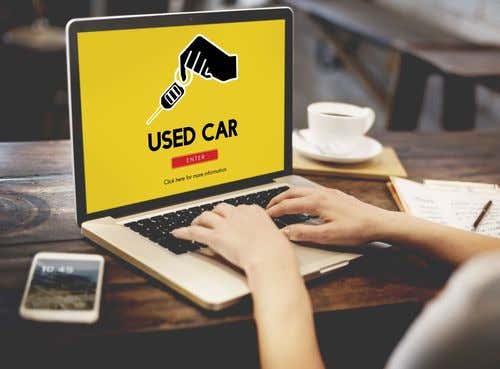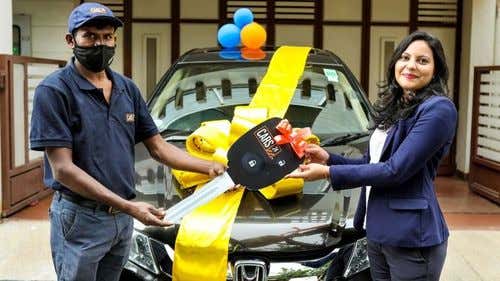How Does Fake E-Challan Scam Work in India - A Comprehensive Guide

Updated on: 19th April, 2024 IST
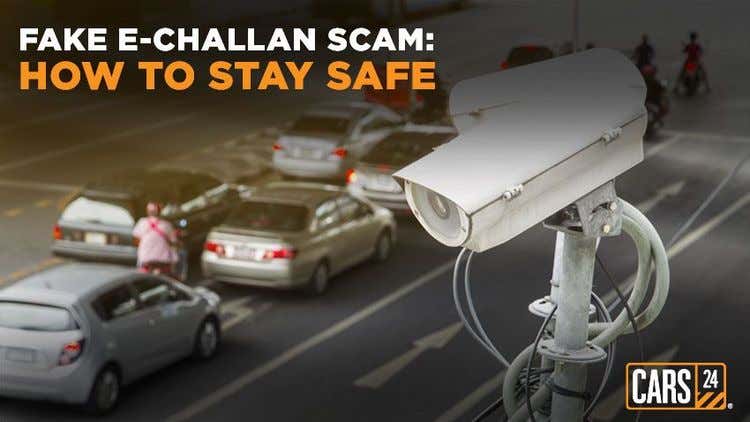
In recent times, India has witnessed an alarming surge in cybercrime. Cybercriminals have been employing new and creative methods to dupe people, with one such trend being the proliferation of fake e-challan scams. These scams target unsuspecting citizens, exploiting their fear of traffic violations and demanding payments for fictitious offences.
In this blog, we will assist you in navigating this treacherous landscape and provide valuable insights into what the fake e-challan scam is, how it operates, and what you can do to safeguard yourself from falling victim.
Table of Contents
What is the E-Challan Scam and How Does It Work?
The e-challan scam is a fraudulent scheme that exploits the genuine e-challan system employed by traffic police across India. Legitimate e-challans are issued to vehicle owners who have violated traffic rules, and they are notified via SMS or email. Fraudsters, however, have capitalised on this system to concoct deceptive messages and demand payments for fictitious offences.
In this scam, cybercriminals send seemingly authentic e-challan messages to unsuspecting victims, accusing them of traffic violations they never committed. These messages often contain a payment link or instructions to settle the supposed fine. Falling for this scam can lead to financial losses and potential identity theft.
Fake E-Challan Message
The perpetrators of the e-challan scam are skilled at crafting convincing messages that initially appear genuine. They often replicate the official government logos and formatting, creating the illusion of authenticity. These messages inform recipients of an alleged traffic violation, urging immediate action to avoid penalties or legal consequences.
For example, a fake e-challan message may resemble this: “Your challan No. is XXXXXXXX for XXXXXXXX having a total challan amount of Rs 1000. For online payment visit: https://echallanparivahan.in/ you can also contact RTO office for the disposal of challan. Regards, RTO.”
Fake E-Challan Link Identification
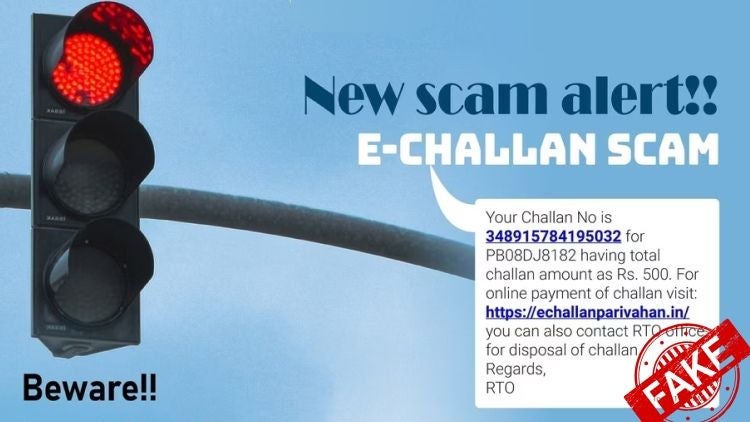
Here are some red flags to watch out for:
1. Suspicious Sender
- Official e-challan notifications are usually sent from legitimate government domains or official sources and end with “.gov.in”
- Verify the sender's email address or SMS source for authenticity
- Most of the fake challan links won’t have “gov.in” at the end, for example, https://echallan.parivahan.in/
2. Grammatical Errors
- Scam messages often contain grammatical errors and spelling mistakes
- Genuine government notifications are typically well-written and error-free
3. Unusual Payment Requests
- Be cautious of payment links that lead to unofficial or unverified websites
- Always cross-check the website's authenticity before making any payments
Also Read: How Does The e-Challan System Work in India?
What to Do If You Receive a Fake E-Challan?
If you suspect that you have received a fake e-challan message, take the following steps:
1. Do Not Click on Any Links
- Avoid clicking on any links provided in the message
- These links could lead to malware-infected websites or phishing pages
2. Verify the Source
- Check the sender's details and verify the authenticity of the message
- Legitimate e-challans typically come from official government sources
3. Check Parivahan Website
- Go to the official Parivahan website and check if you have any pending challans
- If the official government challan website has no challan details, it is a clear indication that the message you would have received is a fake challan message
4. Report the Scam
- Report the fraudulent message to the Cyber Crime Cell and forward the message to the official authorities
How to Avoid Getting Conned/Scammed?
Prevention is the best defence against the e-challan scam. Here are some proactive measures to protect yourself:
1. Stay Informed
- Keep yourself updated on the latest scams and cyber threats to remain vigilant
2. Verify E-Challans
- Always cross-check any e-challan messages by logging on to the official Parivahan website before taking any action
3. Use Security Software
- Install reliable antivirus and antimalware software on your devices to prevent malicious downloads
4. Educate Yourself
- Educate family and friends about these scams to collectively reduce vulnerability
5. Trust Your Instincts
- If something feels off about a message or email, trust your instincts and investigate further before proceeding
Also Read: How to File a Complaint Against an Incorrectly Issued Traffic Challan?
What to Do If You Are Conned/Scammed?
If you have fallen victim to the e-challan scam, here's what you should do:
1. Contact Authorities
- Report the incident to the Cyber Crime department immediately by calling 1930
- You may also file a complaint on the official National Cyber Crime Reporting Portal
2. Monitor Your Accounts
- Keep a close eye on your bank and credit card statements for any unauthorised transactions
- If you notice any, report them immediately
3. Change Passwords
- Change your online account passwords, especially if you have shared sensitive information with the scammers
Also Read: Understanding Different Types of Traffic Challans
The Bottom Line
In conclusion, the fake e-challan scam poses a significant threat to India's digital landscape. However, by staying informed, practising caution, and following the guidelines outlined in this blog, you can protect yourself from falling victim to this deceptive scheme. Vigilance and awareness are your best allies in the fight against cybercrime.
Remember, knowledge is power. Share this information with your friends and family to help create a safer online environment for all. Together, we can combat and overcome cyber threats and ensure a secure digital future for India. Stay safe and stay vigilant!
FAQ
Q. What is an E Challan?
A vehicle e-challan is a computer-generated challan issued by the Traffic Police of all states to traffic defaulters in India.
Q. How do I recognize a fake E Challan?
A fake e-challan will not have a link to the official Parivahan website and will not be sent from regular mobile numbers.
Q. What should I do if I receive a suspicious E Challan?
Do not open the link and log on to the official Parivahan website to check for any pending challans.
Q. How can I protect myself from the Fake E Challan Scam?
Do not open any links or make payments based on the information you received on the SMS. Check the official website for any pending challans against your vehicle and contact the concerned department in case of any suspicions.
Q. Are there any recent developments in this scam?
The Cyber Crime Cell has made several arrests related to the new e-challan scam. They have also started issuing periodic advisories to the public about these scams.
Recently Added Cars to Buy
Other Blogs
- Recent
- Featured
Popular Cities to Sell Car












